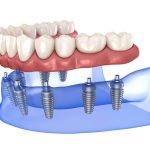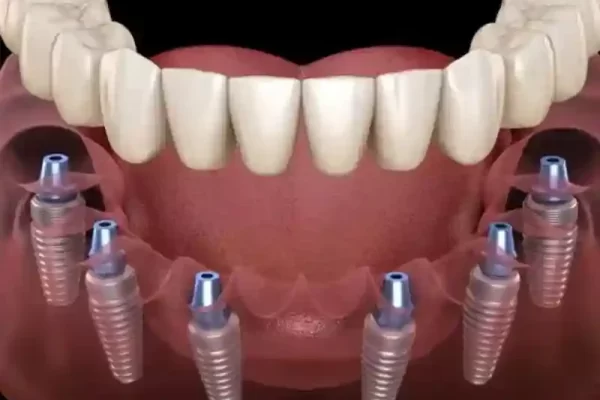Periodontal treatments focus on keeping your gums healthy. The treatments eliminate bacteria that accumulate around your teeth and under your gums. If you do not treat gum diseases, the bone that supports your teeth can erode, causing mobility and tooth loss. Your dentist, Alicia Schraner DDS can recommend periodontal treatment if your gums are swollen, bleeding, loose teeth, gum recession, or pus around your gum line. Gum diseases can be mild, moderate, or severe. The periodontal treatment your dentist uses depends on the severity of your gum disease. There are many periodontal treatment procedures, which include:
Nonsurgical periodontal treatments
Nonsurgical periodontal treatments are suitable for mild and moderate periodontitis. There are various nonsurgical techniques, including:
Medications
Your dentist can prescribe oral antibiotics to fight infection. You can also apply a topical antibiotic underneath the affected area to treat the infection.
Scaling and root planning
Scaling and root planning are similar to a routine dental cleaning. Your dentist administers local anesthesia to the affected gums to ensure you are comfortable and do not feel pain during the treatment. After your gums become numb, the dentist sweeps away bacteria beneath your gum line. The provider also smooths your teeth roots to prevent further plaque and bacteria from building up. You may need two or more scaling and root planning treatment sessions. Ensure you visit your dentist a month after this procedure to check if the treatment worked well.
Surgical periodontal treatments
Your dentist may suggest a surgical procedure if you have moderate to severe periodontitis. There are various surgical techniques for periodontitis, which include:
Flap surgery
Flap surgery involves your gum specialist making an incision along your gum line and temporarily lifting your gum tissue away from your teeth. The lifting allows your specialist to see your teeth roots easily and thoroughly clean them. If your gum infection results in bone loss, your provider can contour your underlying bone ridge.
Dental bone grafts
Your dentist may recommend dental bone grafts if you have extreme bone loss. The procedure involves your periodontist placing bone grafting material in the regions where you have lost bone tissue. The provider can use a bone from your body, donated bone, or synthetic material. The graft serves as a support for new bone growth, and it reduces the risk of future infection or tooth loss.
Gum grafts
Gum infections can make your gum tissue pull away from your teeth. The gum recession exposes your teeth roots, making them look longer. Your dentist can recommend a gum graft to replace lost tissue around your teeth. During this surgery, your provider places a tissue graft around the affected teeth and sutures it into place. Gum graft surgery covers exposed teeth roots, boosts your smile, and minimizes the risk of further recession.
Guided tissue regeneration
Guided tissue regeneration involves your specialist placing a special biocompatible membrane between the existing bone and your tooth. The membrane prevents unwanted tissue from growing into the region and encourages bone to grow back.
Periodontal treatments focus on keeping your gums healthy. There are many periodontal treatments, including medications, scaling and root planing, flap surgery, dental bone grafts, gum grafts, and guided tissue regeneration. Schedule an appointment at Yonkers Dental Arts for periodontal treatment to restore the health of your gums.











